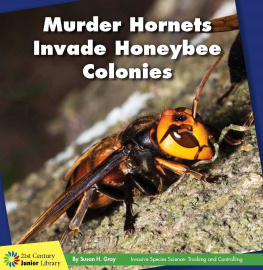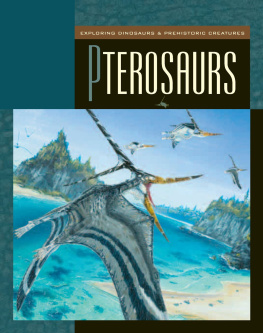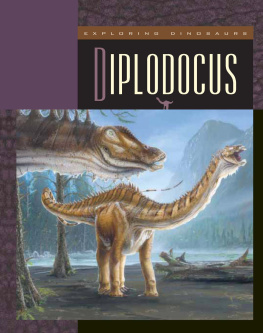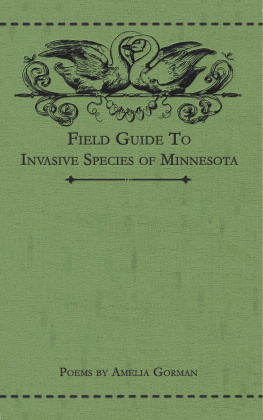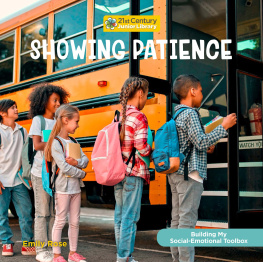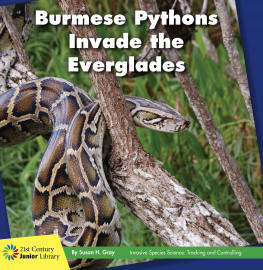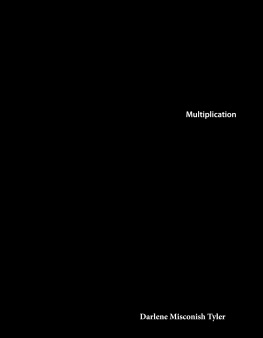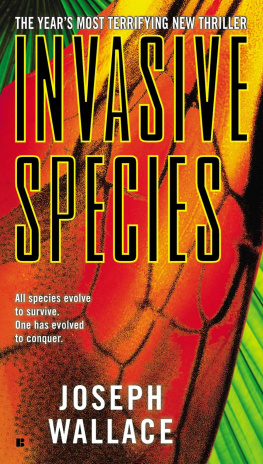
Murder Hornets
Invade Honeybee
Colonies
By Susan H. Gray
21st Century
Junior Library

Published in the United States of America by Cherry Lake Publishing Group
Ann Arbor, Michigan
www.cherrylakepublishing.com
Reading Adviser: Beth Walker Gambro, MS, Ed., Reading Consultant, Yorkville, IL
Book Designer: Melinda Millward
Photo Credits: KEA1977/Shutterstock.com, cover; /Shutterstock.com, 4; Washington State
Department of Agriculture, 6, 8, 12, 14, 16, 18, 20; Daniel Prudek/Shutterstock.com, 10
Copyright 2022 by Cherry Lake Publishing Group
All rights reserved. No part of this book may be reproduced or utilized in any form or by any means
without written permission from the publisher.
Cherry Lake Press is an imprint of Cherry Lake Publishing Group.
Library of Congress Cataloging-in-Publication Data
Names: Gray, Susan Heinrichs, author.
Title: Murder hornets invade honeybee colonies / by Susan H. Gray.
Description: Ann Arbor, Michigan : Cherry Lake Publishing, 2021. | Series: Invasive species science :
tracking and controlling | Includes index. | Audience: Grades 2-3
Identifiers: LCCN 2021004865 (print) | LCCN 2021004866 (ebook) | ISBN 9781534187009
(hardcover) | ISBN 9781534188402 (paperback) | ISBN 9781534189805 (pdf) |
ISBN 9781534195707 (ebook)
Subjects: LCSH: Hornets--Control--Juvenile literature. | Introduced insects--Juvenile literature. |
Invasive species--Control--Islands of the Pacific--Juvenile literature.
Classification: LCC QL568.V5 G73 2021 (print) | LCC QL568.V5 (ebook) | DDC 595.79/8--dc23
LC record available at https://lccn.loc.gov/2021004865
LC ebook record available at https://lccn.loc.gov/2021004866
Cherry Lake Publishing Group would like to acknowledge the work of the Partnership for 21st
Century Learning, a Network of Battelle for Kids. Please visit http://www.battelleforkids.org/
networks/p21 for more information.
Printed in the United States of America
Corporate Graphics
CONTENTS
5 Mysterious Visitors
9 An Alarming Discovery
13 Hornets Get Technical
19 A Great Solution
22 Glossary
Find Out More
Index
About the Author
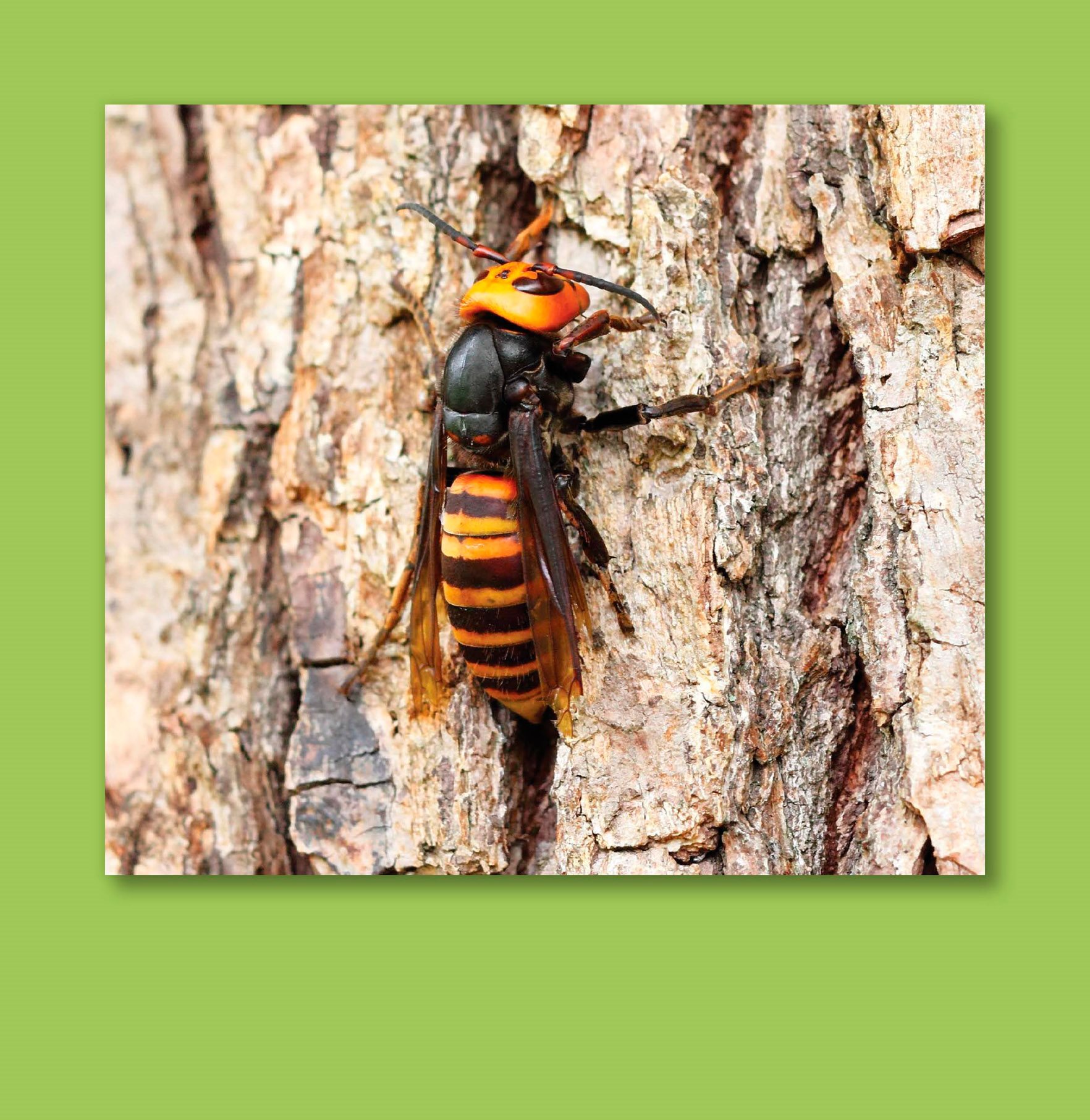
At 2 inches (5 centimeters) in length, it is the worlds largest hornet.
Mysterious Visitors
Its a perfect October morning. The
forest air is clean and crisp. Orange and
yellow leaves flutter to the ground. Inside
one tree is a nest of Asian giant hornets ,
also called murder hornets. Some are
spitting up food they swallowed hours ago.
Others are feeding on it. Still others are just
resting. Outside, though, a mysterious
scene is unfolding.
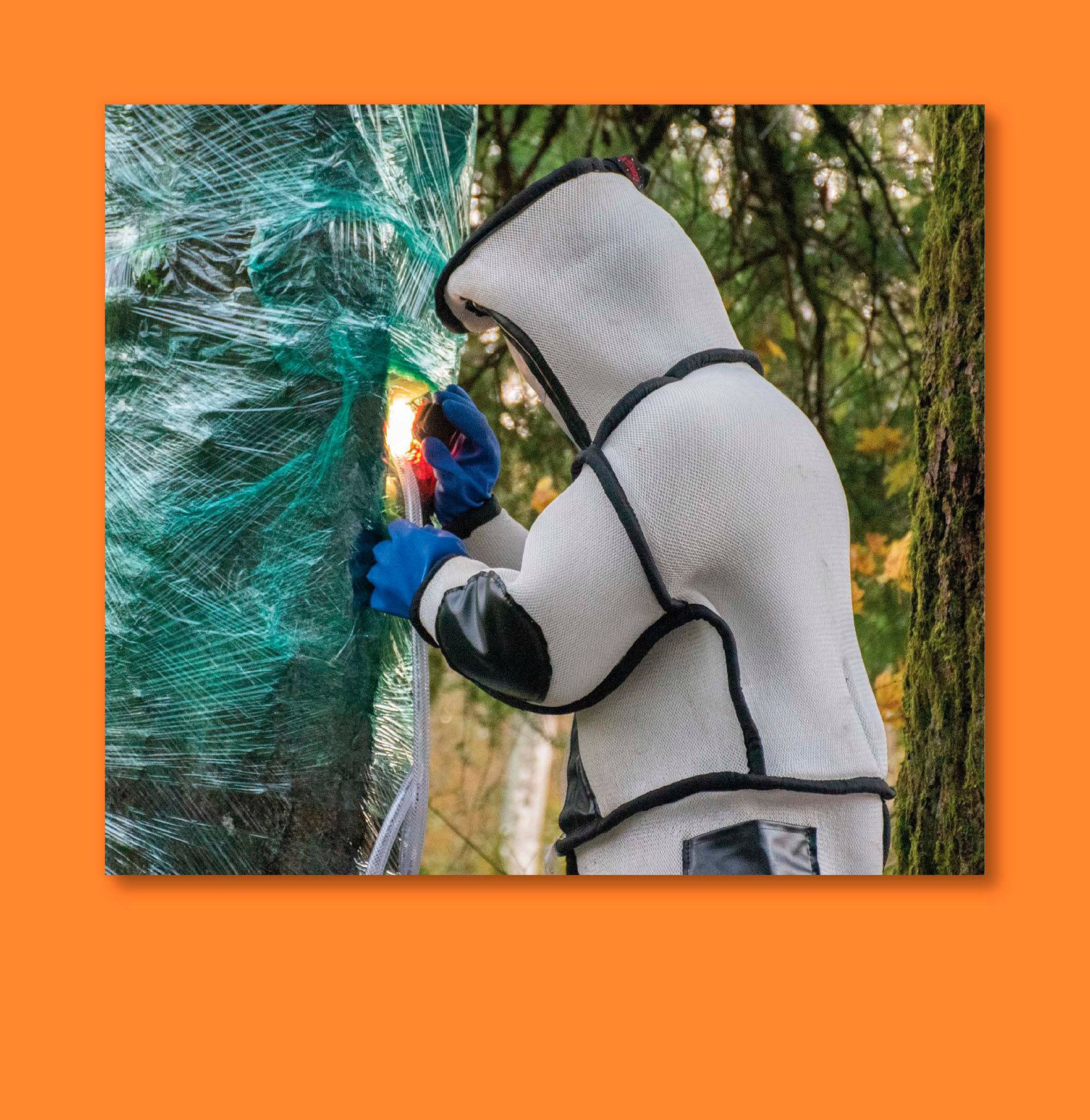
Regular beekeeping suits arent strong enough
to withstand murder hornet stings.

Cold weather makes some animals move slowly. Why would
people store the hornet tree in a cold room?
Make a Guess!
People in big rubbery suits surround the
tree. They use foam to seal up any nest
openings they find. They wrap the tree in
cellophane and then leave.
A few days pass, and the people return
with a chainsaw. The tree ends up in a large,
very cold room. People count, measure, and
take pictures. What is going on?
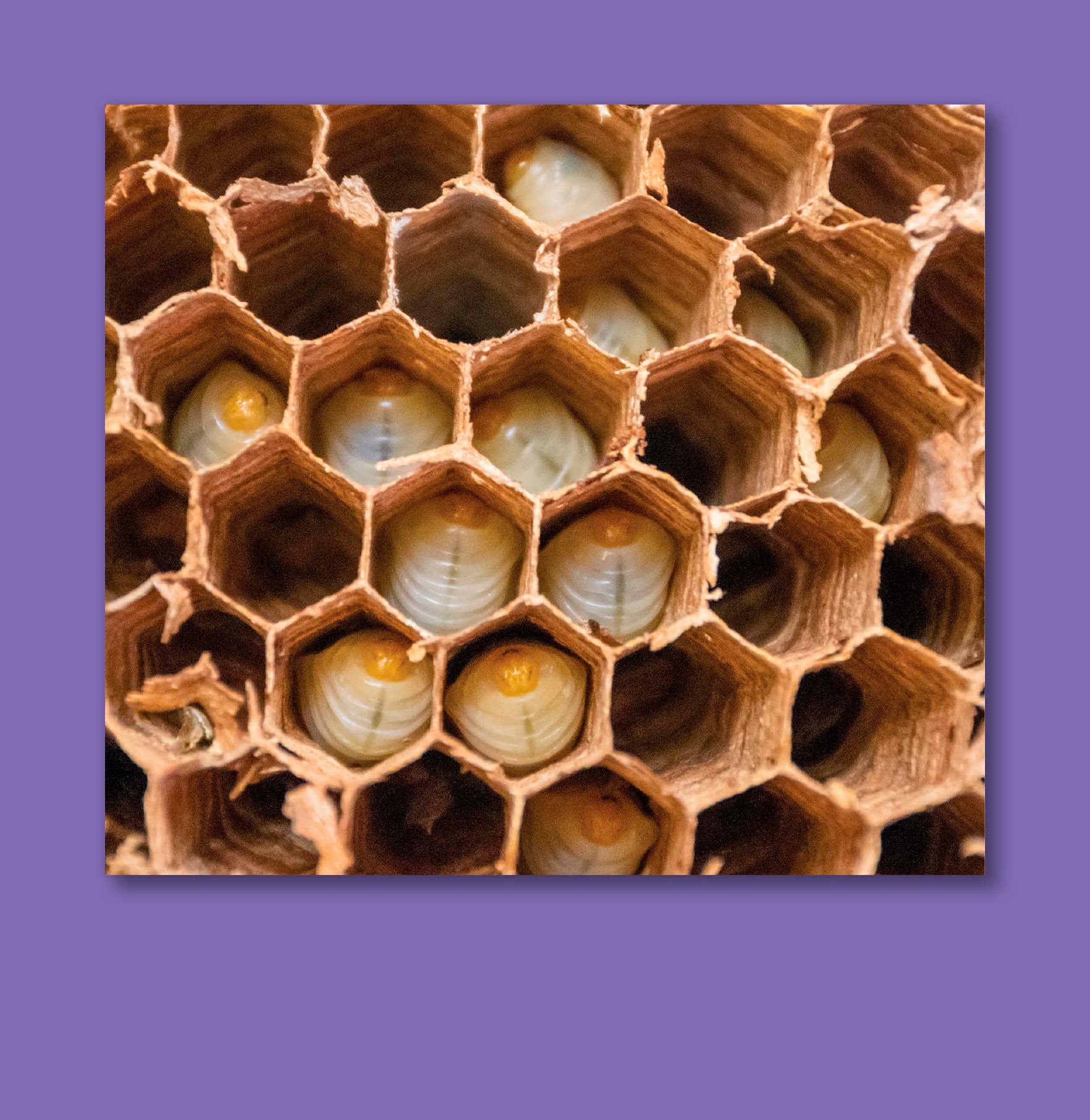
Inside the nest, murder hornet larvae cocoon themselves.

Find pictures online of cicada killers. How are they different
from murder hornets?
Look!
An Alarming
Discovery
Its October 2020. The people are
scientists in the state of Washington. They
are the first ones to find an Asian giant
hornet nest in the United States.
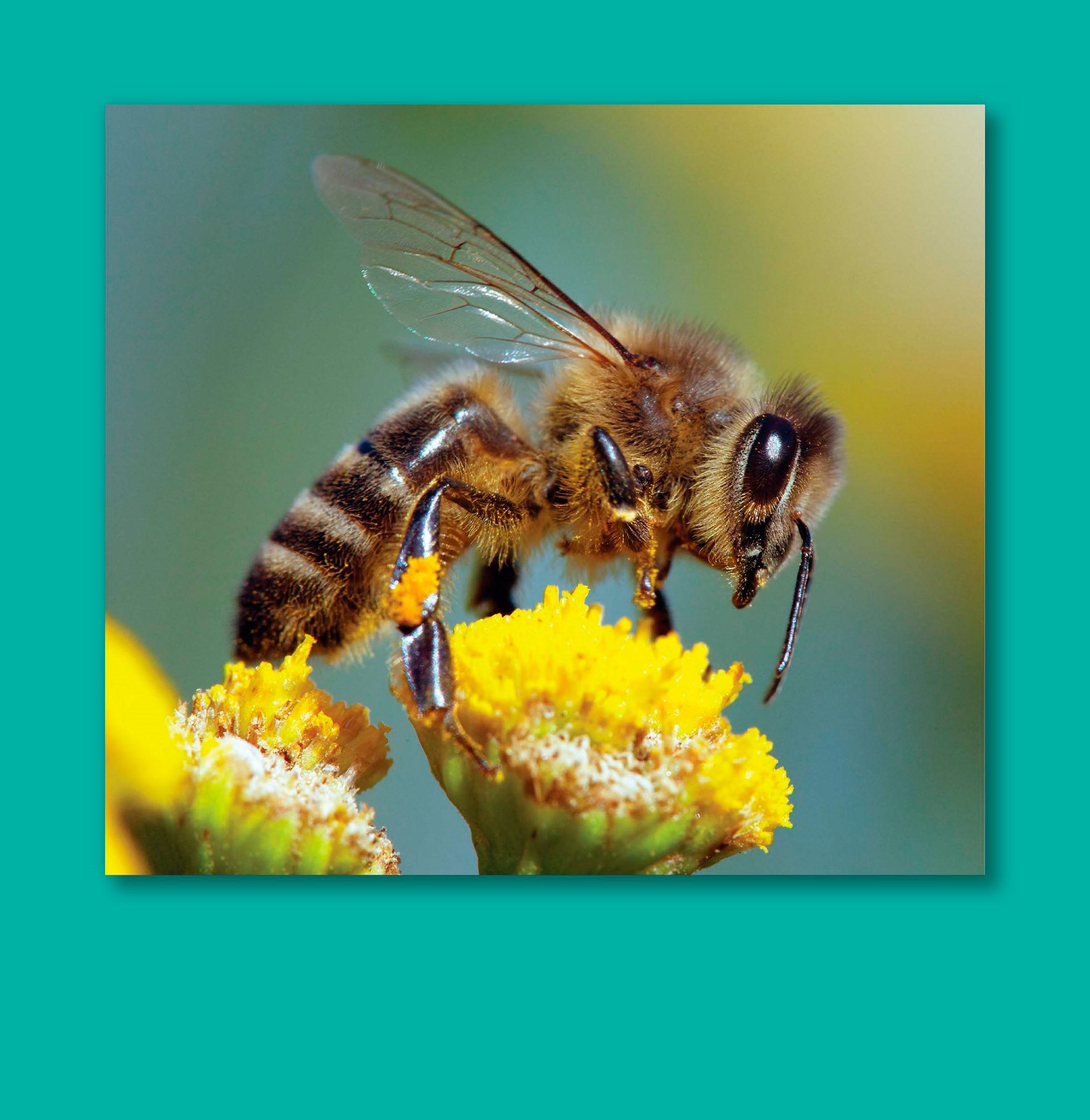
About one-third of your food comes from crops pollinated by honeybees.
Murder hornets are an invasive
species . They destroy honeybees. They
move into beehives and kill the adults.
Hornets then chew young, developing bees
into mush. When they return to their nest,
the mush becomes food for other hornets.
The death of honeybees is tragic. Bees
make honey and wax, which have many
uses. But their most important job is
pollination . As honeybees visit flowers,
they transfer pollen from one flower to the
next. If pollen sticks to the right flower part,
a seed forms. Gardeners and farmers count
on honeybees.
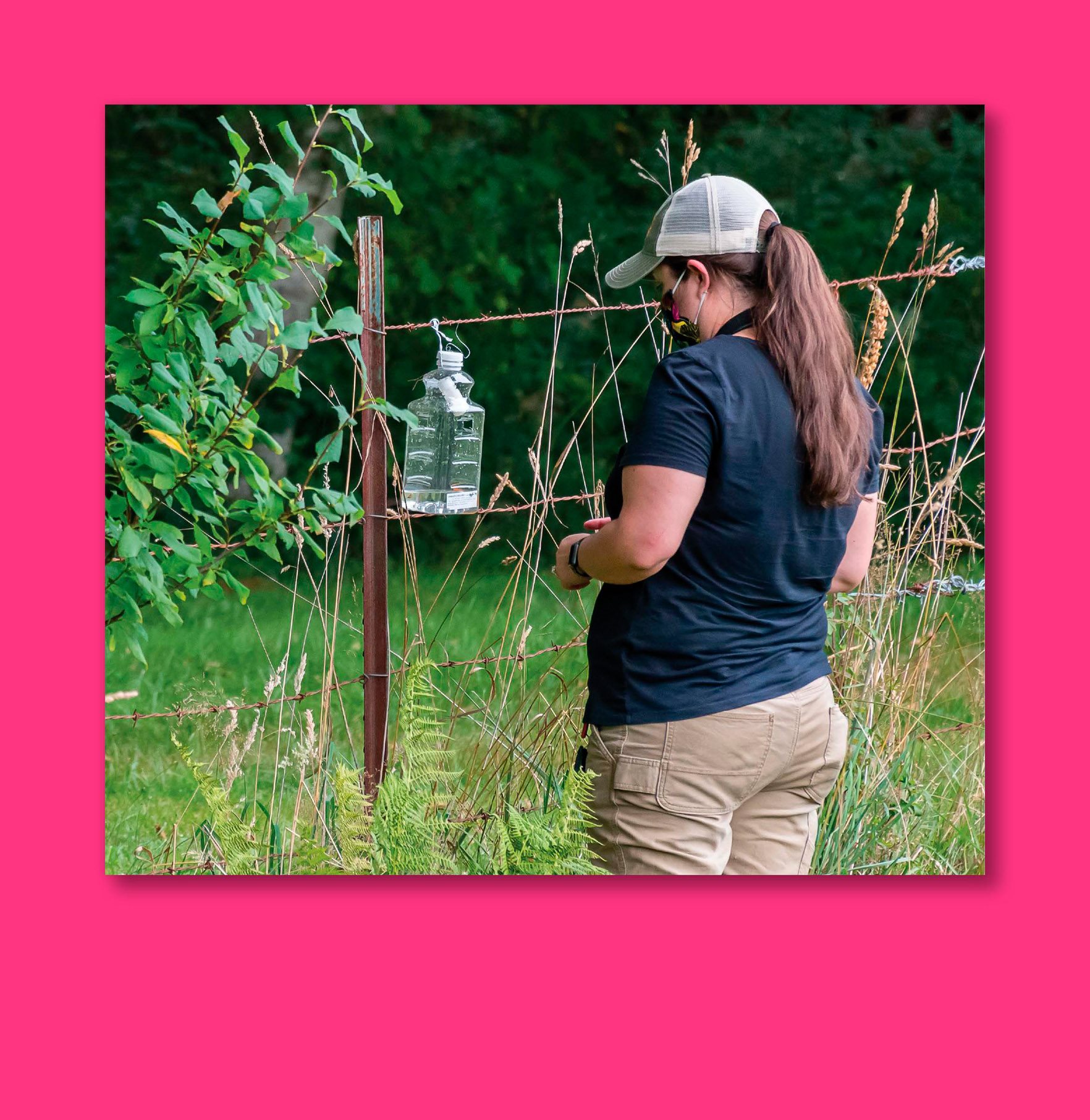
In order to catch a murder hornet, scientists set up traps with juice.
Hornets Get
Technical
In 2019, the hornets were discovered
in Canada, very close to Washington.
Scientists in Washington soon heard about
it. They knew the hornets might show up in
their area. Soon, a Washington resident
reported an unusual hornet on his land.
Experts compared it to native hornets.
Their worst fear had come true. Asian giant
hornets had arrived in the United States.
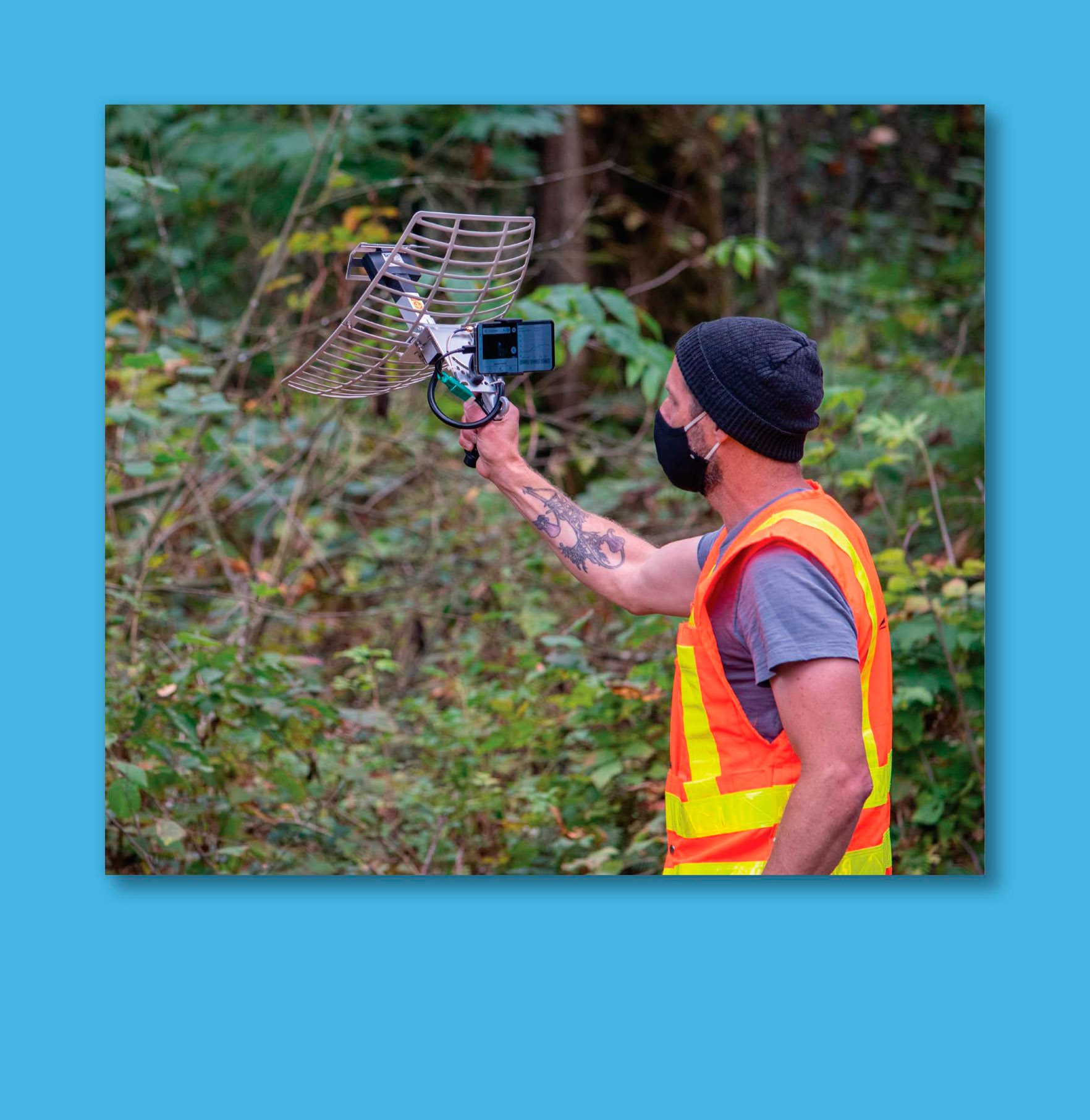
Trackers allow researchers to follow animals movements.
They can even lead scientists to animals nests.

Think!
Scientists wanted people to be aware of the hornets. But they did
not want anyone to worry needlessly. So they put photos online of
murder hornets next to native hornets. Why would they do this?
The scientists asked everyone to be on

